About

Meeting individual learning needs was and still is a significant challenge in education. Various developments, including the use of information technology, aimed to address this issue. Additional barriers were faced by learners with special educational needs resulting from physical, sensory, or learning disabilities.
This work was carried out by the METg, which was disbanded and succeeded by the Centre for New Media (CNM). The disability-related research was undertaken by the Accessibility in Education Media research group within the Institute of Educational Technology (IET).
Research areas included:
- Home multiplayer environments for distance education
- Virtual instrumentation in the laboratory
- Alternative media for learning for print-disabled students
- A virtual library for disabled learners
- Multimedia information and advisory systems
- Visualisation of simulations
- Interactive access to video
Projects
ImagineIT

ImagineIT was an environment created to support children in telling stories—from imaginative tales to accounts of school projects and events. While multimedia was often seen as something to purchase and consume, ImagineIT promoted an alternative view: multimedia as a creative, expressive medium through which children could develop and share their own ideas.
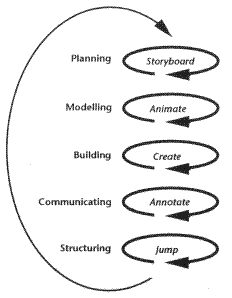
The storytelling process within ImagineIT
- Planning the plot and selecting appropriate images
- Developing dynamic elements such as animations and movies
- Assembling all components
- Adding voice and text for effective communication
- Incorporating interactive controls
Advisor for Electric Wheelchairs
A feasibility study was carried out in 1990 to explore the integration of images into a 16,000-record text database of devices and equipment for people with disabilities. This led to the production of a demonstration CD-ROM. In 1992, a follow-up study began to develop a complementary multimedia database that used animation, video, and sound to demonstrate how various devices worked and to offer guidance on selecting suitable equipment.
The project was developed on Macintosh and prepared for both Macintosh and PC platforms. A prototype, titled Advisor on Electric Wheelchairs, was created to provide users with detailed information and advice on electric wheelchairs. The CD-ROM featured full-screen interactive interfaces, allowing users to enlarge images for a closer view.
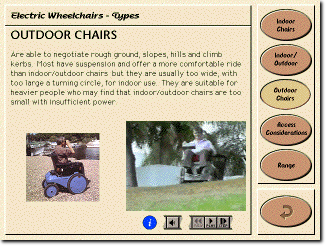
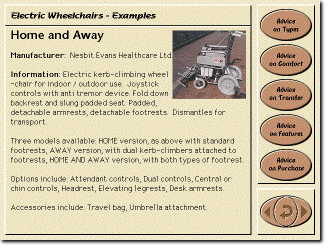

The project team included T. Vincent, P. Whalley, B. Hawkridge, C. Valentine, and A. Barker, and was funded by the Department of Health in 1990 and again from 1992 to 1993.
Making Technology Work for Disabled People
The Viscount Nuffield Auxiliary Fund (VNAF), established in 1961, aimed to support people who were blind, profoundly deaf, or living with physical, mental, or other disabilities. By the 1990s, the Fund focused on financing projects that investigated, adapted, or demonstrated innovative uses of equipment to support disabled individuals—especially in response to concerns that such equipment was often underused or misused despite its potential to meet individual needs.
In 1993, the VNAF committee proposed an evaluation of the projects funded between 1990 and 1994. Over thirty diverse projects received funding during this period. For instance, in 1991, support was given to establish workshops in East Africa—run largely by disabled people—to build hand-cranked tricycles suitable for the terrain. Another project in Anglesey, Wales, developed the Sandcruiser, a mobility device enabling wheelchair users to access beaches and hilly terrain.
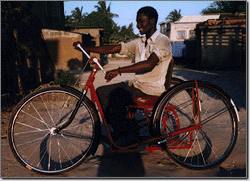
Other mobility-related projects included the creation of a guided vehicle that allowed individuals—such as visually impaired and multiply handicapped children—to experience independent movement in schools across England.
The Fund also supported training and educational initiatives, such as:
- My Turn to Speak, an augmentative communication package
- Open learning and self-teaching resources for visually impaired individuals and their educators
- Tactile overlays for Nomad Audio Tactile devices
- Soundgraphs, enabling access to graphs for visually impaired students
- The Meldreth Suite: Writing with Symbols
- Curriculum materials to support the CALL Centre’s Smart Wheelchair
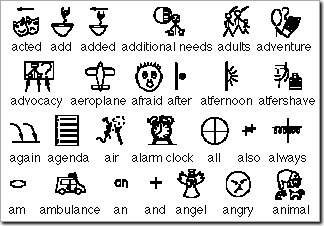
Additionally, the Fund backed unique projects like RAMP, a travel assistance service for disabled road users, offering accessible route maps and information on services such as attended petrol stations and accessible accommodations.
In 1994, a year-long evaluation project began. A general questionnaire was distributed to all funded projects, collecting data on funding use, staffing, challenges, successes, and dissemination. More than half of the projects were selected for in-depth study, involving site visits where the researcher met project teams and beneficiaries. A report was prepared for the Trustees of the Nuffield Foundation based on these findings.
Quicktime Virtual Reality (QTVR) in educational media
These movie prototypes were developed as part of multimedia teaching materials, combining Director programming with QuickTime technologies.
Early QTVR photography around the Open University campus.
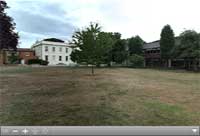
In order to display the movies correctly the users would need to download the Apple QuicktimeVR player or plugin for their browser.
The initial set of movies was created using a Canon EOS 5 with a 28–80mm zoom lens set to 28mm. The camera was mounted in portrait orientation on a Slik video tripod, modified with a second pan/tilt head and angle iron to align the lens over the axis of rotation. Each node consisted of 12 images captured on 36-exposure Kodak 100 ASA film, which were then transferred to a Macintosh via Kodak Photo CD.
Subsequent movies were produced using an Apple QuickTake 150 digital camera fitted with a Kaidan WideTake lens and mounted on a Kaidan QuickPan bracket. Sixteen high-resolution frames were taken per node—the camera’s maximum capacity—and colour-corrected in Adobe Photoshop before being diced. These files were approximately 160k in size.
Additional partial-node movies were taken from the top of the Geoffrey Crowther Building on a bright, sunny day. The same hardware was used, but file sizes were larger (around 320k) due to the stitched images not being reduced in size.
The Virtual Church
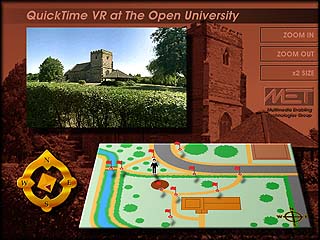
This was our first multi-node project and the first to use Director QTVR technology. The photographs were taken using a Canon EOS 5 with a 28–80mm zoom lens set to 28mm. A Slik video tripod was used, with an additional pan/tilt head mounted on top. The camera was positioned in portrait orientation using two pieces of angle iron, which also helped to align the centre of the lens over the axis of rotation.
Twelve images were captured per node on 36-exposure Kodak 100 ASA film, and the images were transferred to a Macintosh via Kodak Photo CD.
Images from this project were later used for the Vice Chancellor’s 1996 Open University Christmas card.
Prototype material for The Dynamic Earth Exhibition, Edinburgh
Focusing on the contributions of James Hutton (1726–1797), widely regarded as the father of modern geology. His Theory of the Earth (1788) was supported by field evidence, particularly from rock formations in Holyrood Park. The most significant of these, known as Hutton’s Section at the south end of Salisbury Crags, became a key site for geological study and international interest.
A visual mock-up of the planned exhibition centre—set to be built on the site of an old gasworks—was overlaid onto a photograph of the site, with Salisbury Crags visible in the background. QTVR (QuickTime VR) panorama movies were created, allowing users to explore Edinburgh, identify familiar landmarks, and investigate major geological features, including a panoramic view from the roof of Edinburgh Castle.
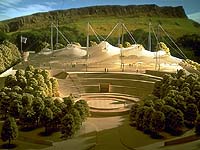

Interactive features included textual overlays combined with geological and topographical maps, enabling users to adjust the balance between text and visuals. Additional still images and overlays explained specific geological phenomena, such as mud cracks.
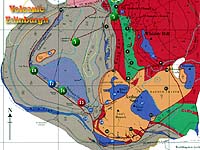

Stills were taken using a Nikon F801 with a short zoom lens. Other QTVR movies featured geological sites such as Hutton’s Section, allowing users to zoom and pan for detail. These were captured with both a Nikon F801/Sigma 14mm lens and a Canon Powershot 600, each mounted on a Kaidan 35mm bracket.
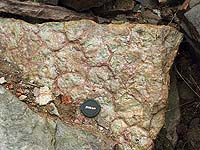

Minerals and Crystals
This was a collaborative CD-ROM project developed by Earth Sciences, KMi, and the National Museums and Galleries of Wales. The CD-ROM was authored in Director by David Palmer.
The gallery featured a range of mineral specimens, which were provided by John Holbrook and Richard Bevins from the Museum. For each mineral, users could view either a simple object movie of a real rock sample—photographed by Andy Tindle using a small Sony video camera and edited in Adobe Premiere—or an object movie generated from the Crystal Maker computer modelling package.
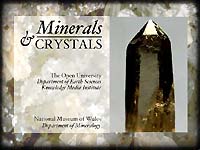
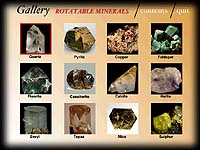
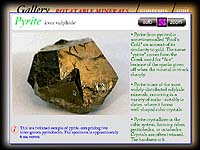
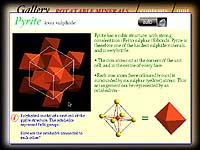
Built Environment Studies
This project developed prototype multimedia materials for the course module Conservation: Researching a Building History, part of a proposed MA in Built Environment Studies.
The materials included a series of floor plans illustrating the different stages of reconstruction at Pell Wall Hall, along with a large collection of still photographs capturing important architectural details.
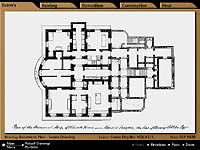
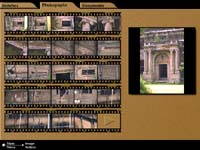
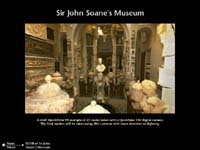
A multi-node movie of the Sir John Soane Museum in London was also created, using images taken with an Apple QuickTake 150 digital camera mounted on a Kaidan bracket. In addition, single-node movies of Pell Wall Hall were produced. These allowed users to navigate between nodes using an architectural drawing interface, with columns indicating node positions and capitals marking the active view.
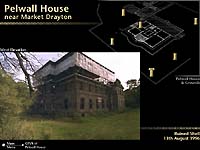

One example node, captured from the centre of the building, featured notable Victorian-era additions such as columns and a staircase. These were documented with the intention of producing updated movies as the site underwent restoration.
Tactile Multimedia
The project aimed to move beyond passive interactive multimedia by creating demonstrations that engaged learners’ imaginations through tactile effects, rather than relying on expensive hardware. These materials were designed for both web and CD-ROM delivery, making them accessible to remote and disabled students.

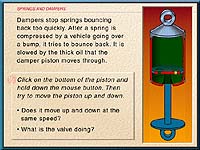
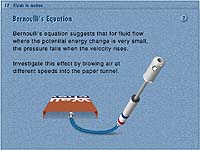
Several simulations were developed using Macromedia Director, including a demonstration of how a car’s shock absorber uses oil to damp the return of a spring, the Bernoulli effect illustrated with a bicycle pump, and a stored energy simulation showing the effect of adding weight to a flywheel.
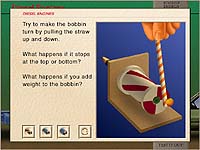
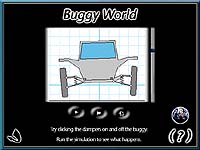
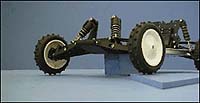
Additional content included Buggy World, which used Macromedia Director and Stella mathematical modelling to simulate the suspension damper on a model car. A prototype QTVR object movie of buggy suspension was also created, with plans for a fully interactive Director version that would respond to user-set parameters for the spring and damper system. Images for the movie were captured with a Canon Powershot 600 digital camera mounted on a custom-built turntable.
Other Projects
Talk not Type
People
Professor Tom Vincent, MBE
Dr Peter Whalley
Mary Taylor
Ben Hawkridge
Chris Valentine
Terry Brady
Jon Linney
Dr Kevin Quick
Associate Members
Chris Taylor
Peter Taylor
Jo Owen
Publications
Whalley, Peter. (2006). Imagining with multimedia. British Journal of Educational Technology. 26. 190 – 204. 10.1111/j.1467-8535.1995.tb00341.x.